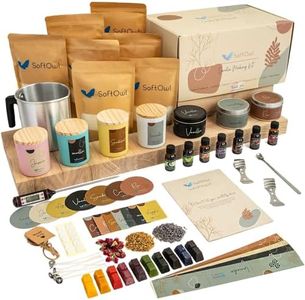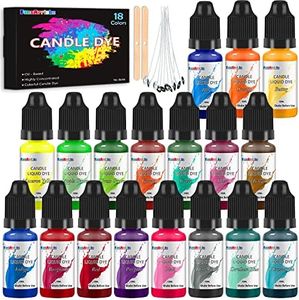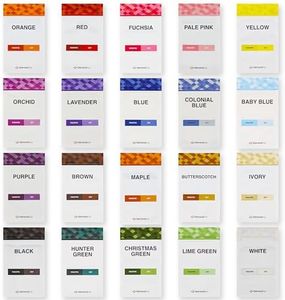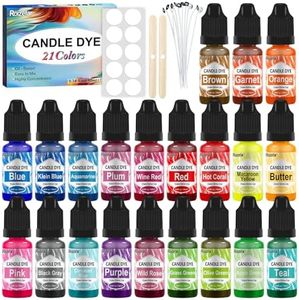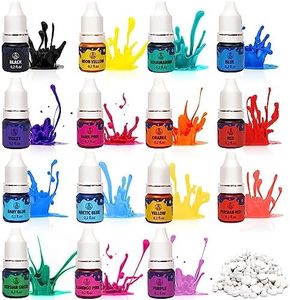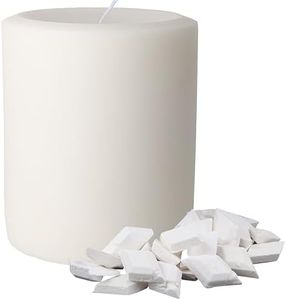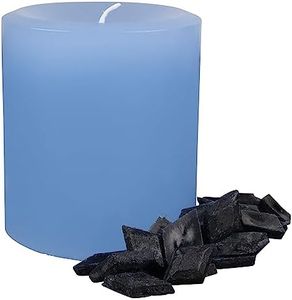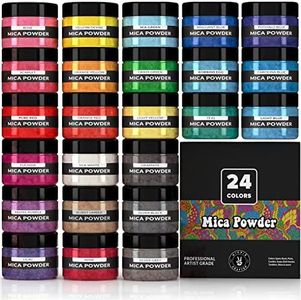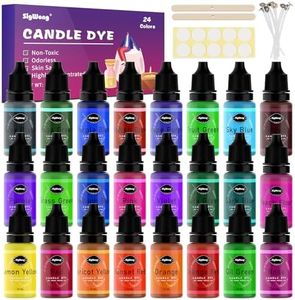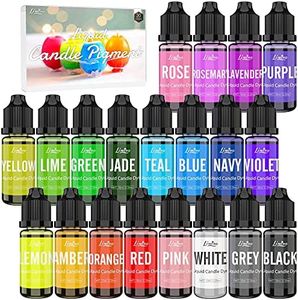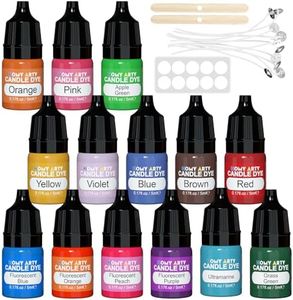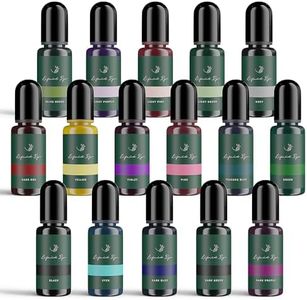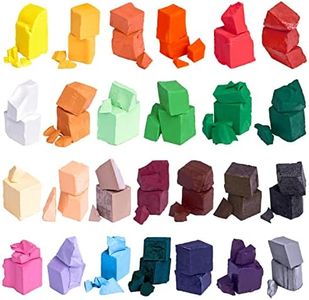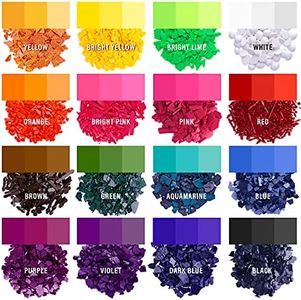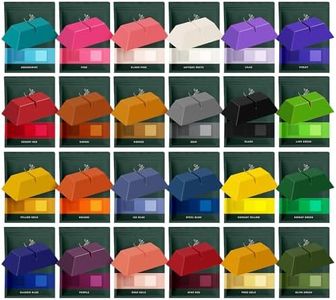We Use CookiesWe use cookies to enhance the security, performance,
functionality and for analytical and promotional activities. By continuing to browse this site you
are agreeing to our privacy policy
10 Best Candle Making Dyes
From leading brands and best sellers available on the web.Buying Guide for the Best Candle Making Dyes
When choosing dyes for candle making, it's important to understand that the color of your candles can impact both the appearance and the atmosphere they create. The right dye enhances the beauty of your candles, complements your decor, or matches a desired theme. Selecting the appropriate product involves understanding the different types of dyes, their compatibility with various waxes, how they perform during the melting and burning process, and how they affect color vibrancy and stability.Type of DyeThe type of dye refers to the form in which the coloring agent is available for candle making, such as liquid, powder, or dye chips/blocks. This is important because each type dissolves differently in wax and affects both ease of use and color coverage. Liquid dyes are easy to measure and mix for small-batch projects, powder dyes are highly concentrated and suitable for larger volumes, and chips or blocks offer a balance of convenience and control. Choose the type that matches your workflow—if you value precision and quick mixing, liquids work well; for intense, long-lasting colors, powders might be ideal; and for beginner-friendly usage, chips or blocks are usually easiest.
Compatibility with WaxNot all dyes are made for every kind of candle wax. This is crucial, as some dyes may not fully dissolve in certain waxes, resulting in uneven coloring or speckling. Compatibility usually refers to whether a dye is suitable for paraffin, soy, beeswax, or other specialty blends. If you are using a specific wax, always check that the dye is formulated for it—otherwise, your results might be disappointing. Most manufacturers will provide this information, so match your dye to your wax type to avoid issues.
Color Intensity and TransparencyColor intensity is how strong or vivid the color appears in the finished candle, while transparency indicates whether the color is clear and see-through or opaque. This matters because the same amount of dye in different types or colors can produce candles ranging from pastel to deep, rich colors. If you're after light, subtle hues, look for dyes that are easy to control and apply sparingly; for vibrant, standout colors, go with highly concentrated products or use more dye. Think about your creative goals and the look you want for your candles—this will guide you in adjusting the amount and choosing the right product.
Burn PerformanceBurn performance refers to how the candle burns after being colored—whether the flame remains clean and the candle continues to burn evenly and safely. Some dyes may clog the wick or release soot or off-odors when burned if not formulated correctly or overused. Always use dyes specifically made for candles, and follow recommended amounts to ensure your finished product performs well and safely. If you value smooth, even burning without unwanted smoke or smells, this is a key point to evaluate.
Fade ResistanceFade resistance is the ability of the dyed candle to keep its color over time, especially when exposed to sunlight or artificial light. This is significant if you display candles in bright places, as some dyes are prone to fading and will lose their vibrancy faster. Check for dyes labeled as lightfast or UV-resistant if keeping color over time is important to you. If your candles are mostly decorative or meant for gifts, this may be especially worth considering.
